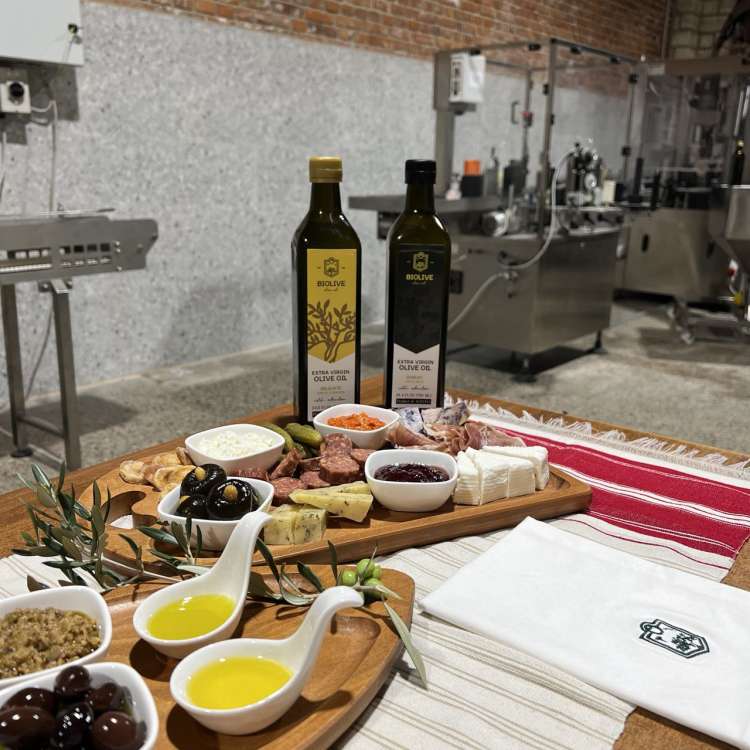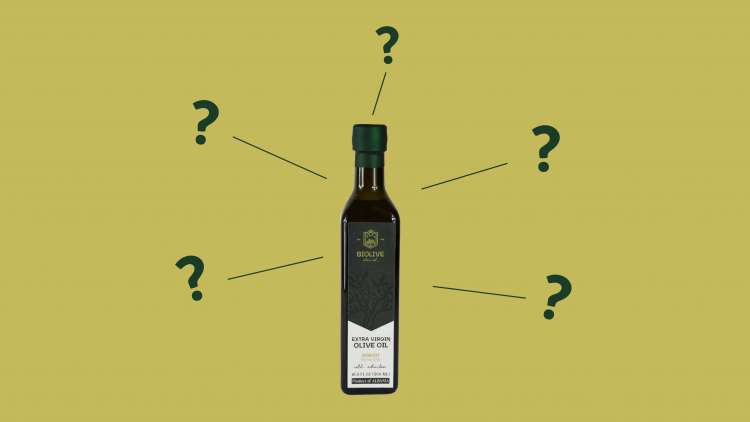Extra virgin olive oil is highly regarded for its exceptional health benefits and sensory qualities. However, its properties degrade over time, and several factors influence its shelf life.
Fortunately, EVOO contains natural antioxidants that can help maintain its high quality even after several months of bottling. Some well-made EVOOs can retain their "extra virgin" status for up to 18-24 months after production.
However, in some instances, degradation can occur within a few months. Therefore, selecting the healthiest and most delicious extra virgin olive oil from a supermarket shelf requires a basic understanding of its properties.
"The debate over whether or not to filter olive oil is no longer relevant in our time. When it comes to early-harvested extra virgin olive oil (olio nuovo), filtering is typically avoided. While unfiltered olive oil is renowned for its intense flavor and aroma, it is highly perishable and must be consumed within three months of production or harvest date to prevent the sediment from acting as a breeding ground for a range of unwanted microorganisms. It is widely acknowledged that food meant for long-term storage must be kept as clean as possible, filtered, and stored in steel containers to ensure optimal quality. By removing wastewater and sediments, filtered olive oil is distinguished by its sharper flavors and elegant appearance. It is a wise choice for those seeking to savor the rich flavor of olive oil over an extended period."
Light Exposure
Light is the arch-nemesis of packaged extra virgin olive oil. Exposure to light causes EVOO to lose its health benefits and flavor profile, making it a subpar product. The antioxidants that typically keep the oil fresh quickly degrade under light exposure, rendering the oil rancid within just a few months. Chlorophyll, the green pigment present in most plants, activates under light and destroys the oil's chemical profile.
Polyphenols, antioxidants present in EVOO, protect the product from degrading, but they cannot prevent photooxidation caused by direct light exposure. This means that transparent bottles exposed to light will not remain "extra virgin" for more than a few weeks. Even dark green bottles are not entirely effective in preventing light from reaching the product and altering its chemical makeup.
On-shelf packaging and exposure is a major issue for extra virgin olive oils and olive oils, in general. Photooxidation acts quickly, and degradation occurs much faster compared to a completely dark environment. To maintain the quality of EVOO, it is best to store it in a cool, dark place away from any direct light exposure.
Packaging is Essential: Why Transparent Bottles are Not to be Trusted for Olive Oil
To prevent photooxidation from damaging extra virgin olive oil, the key lies in proper packaging. Unfortunately, many oils are still sold in inadequate transparent or green bottles that offer little protection from light exposure.
While some green bottles may provide minimal protection, the reality is that neither transparent nor green bottles are entirely efficient, leaving the oil vulnerable to rapid degradation.
To address this issue, many producers are now opting for light-shielded packaging, such as traditional tin cans or dark glass bottles with UVAG protection. Other options include Tetra-Paks, bag-in-box packaging, and ceramic bottles, which are all effective at preventing light exposure.
Although completely coated glass or inox steel containers are effective, they can be expensive. Encapsulating the oil bottles within a secondary cardboard package is another cost-effective solution that provides excellent protection against light exposure. By choosing the right packaging, consumers can ensure the longevity and quality of their extra virgin olive oil.
Best-before and Harvest Date
The freshness of extra virgin olive oil is a critical factor for determining its quality, and the most reliable indicator of this is the harvest date. Unfortunately, many olive oil producers do not make it easy for consumers to understand when their products were produced. They may use the transformation date, bottling date, or best-before date, all of which can vary significantly.
If the only available date is the best-before date, consumers should choose oils that are as far from this date as possible. Most olive oils have a best-before indication of 18 months from packaging, so if the oil is close to this date, say within five months, consumers should try to find a fresher bottle.
While some shoppers may use the same tactic with other perishable items, like milk, the harvest date is the most crucial factor for extra virgin olive oil. The clock begins ticking for the degradation of the olives and oil from the moment they are harvested. Therefore, consumers should avoid oils with a harvest date that is more than 18 months old, although some argue that the timeframe should be shorter, between 12 to 24 months, depending on the oil's quality.
In the case of lower-quality olive oils, such as virgin olive oils, degradation occurs much more rapidly. Even among extra virgin olive oils, there are variations based on the oil's composition and fatty acid content.
Supermarkets often offer discounted extra virgin olive oils from reputable brands, but consumers should approach these deals with caution. Some discounted oils may be of lower quality or past their best-before date. Therefore, consumers should carefully read the label and evaluate whether the savings are worth it. By paying attention to the harvest date, consumers can ensure they are purchasing the freshest, highest-quality extra virgin olive oil available.
SOURCES: OLIVE OIL TIMES, ABOUT OLIVE OIL


